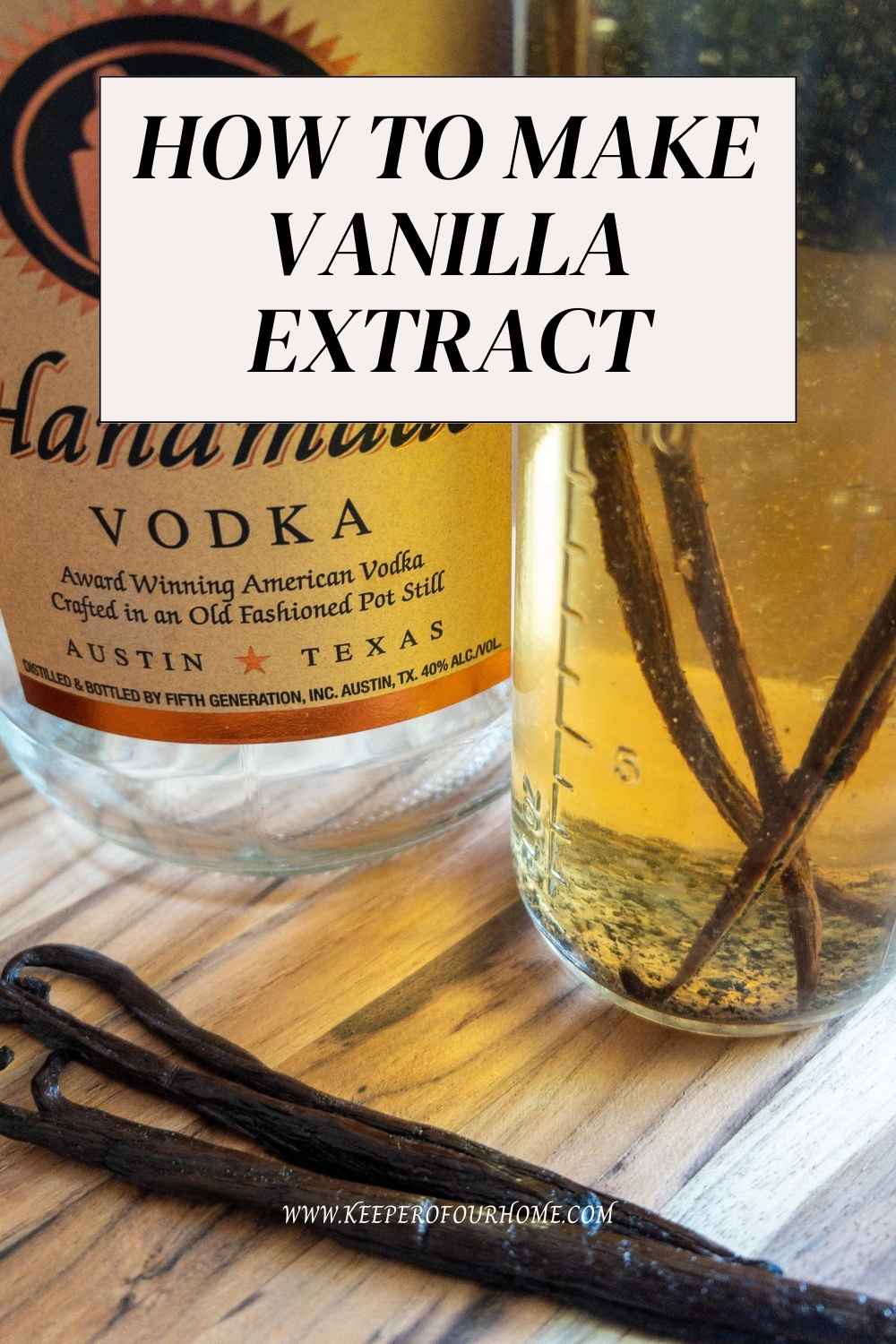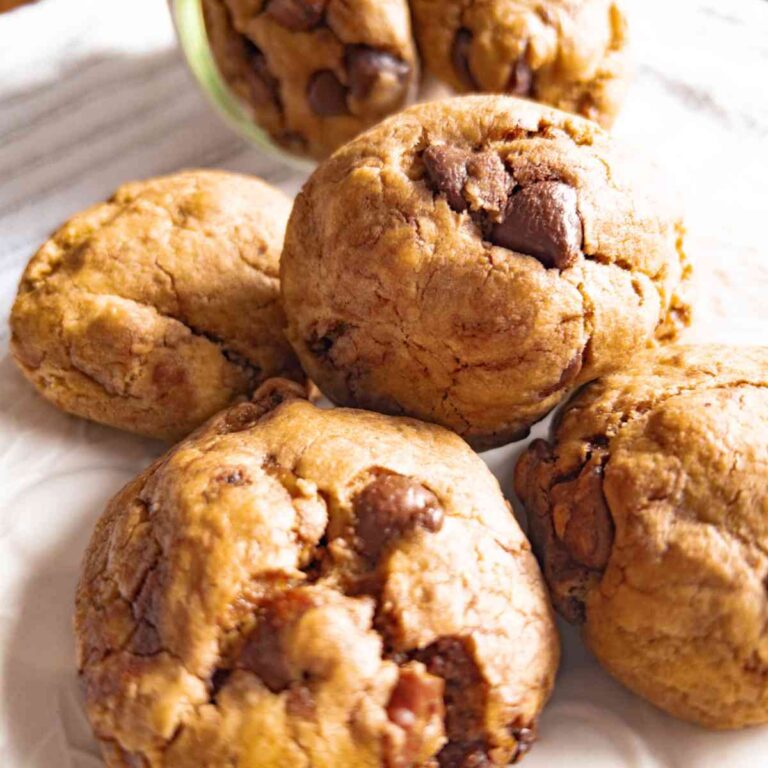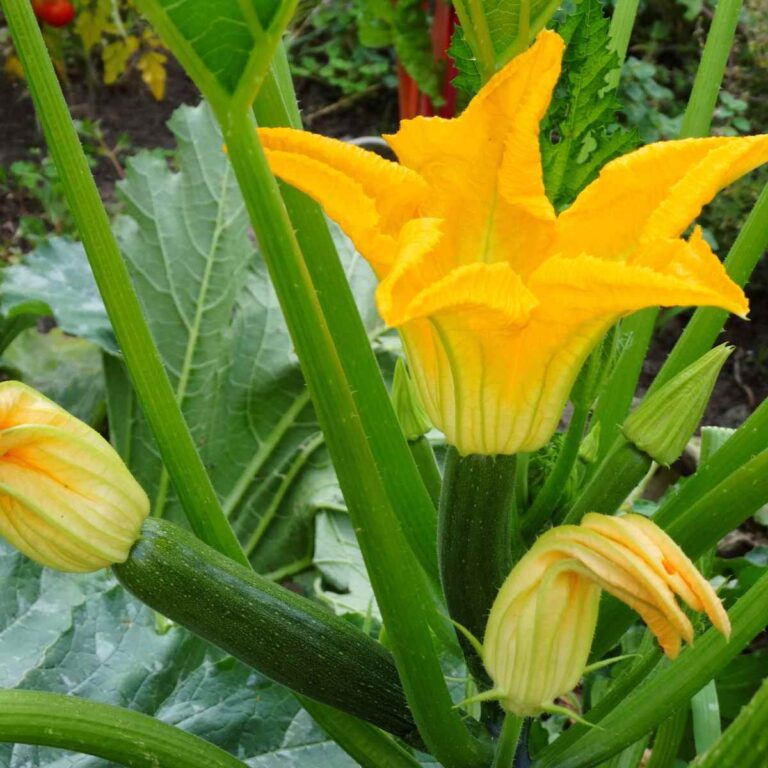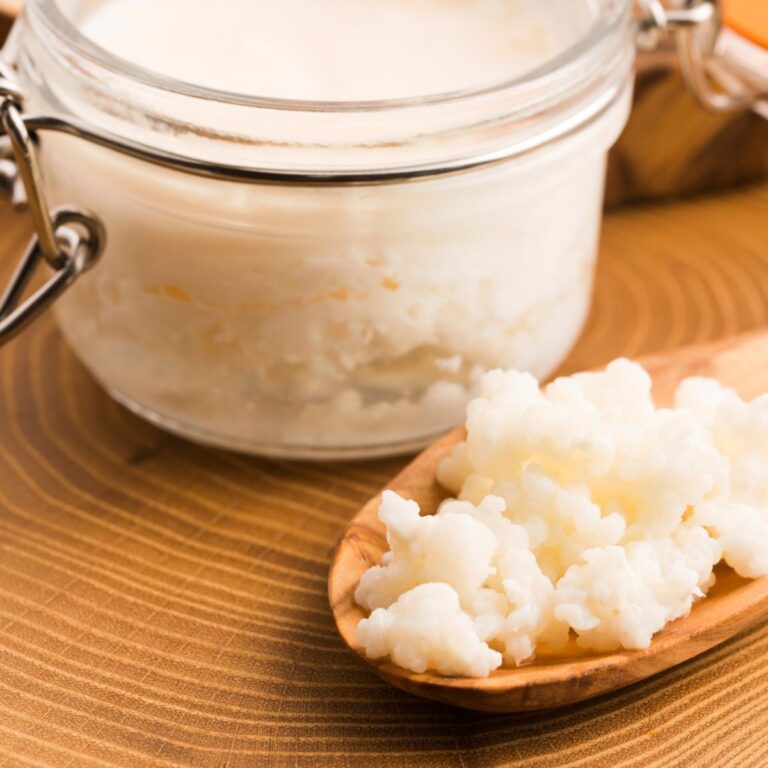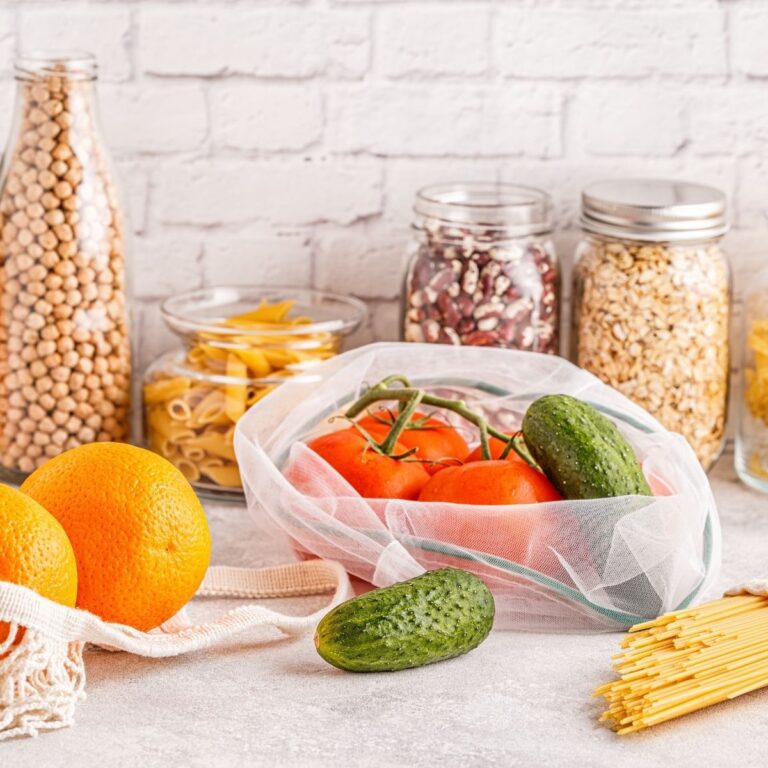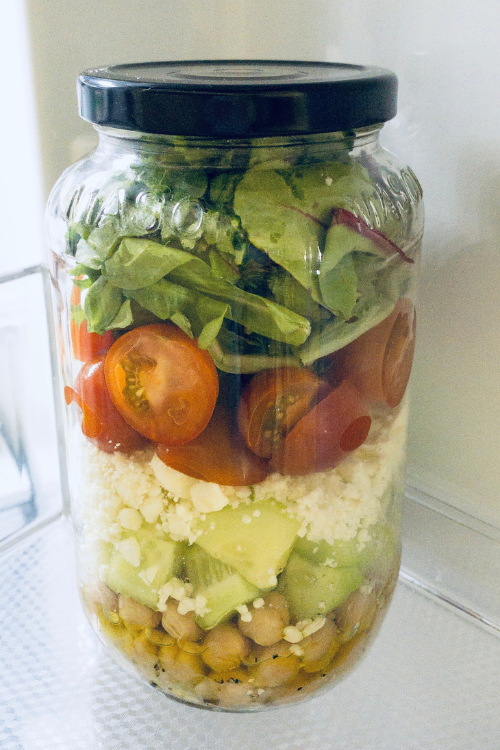Homemade Vanilla Extract: Choosing the Best Vodka
So what kind of vodka for vanilla extract is the best? Let’s dive right in….
Imagine making your desserts taste even more amazing with a simple trick. Well, there’s a secret ingredient in your kitchen that can do just that: vanilla extract. And guess what? Vodka plays a surprising role in making your homemade vanilla extract recipe extra special.
Yes, you heard it right – vodka! It might not seem like a big deal, but when it comes to making your own homemade vanilla extract, picking the right vodka is crucial. In this blog post, we’re going to guide you through the world of vanilla and vodka, and show you how to choose the best vodka for your homemade vanilla extract.

Whether you’re a pro at making vanilla extract or you’re just starting out, we’ll explain everything in simple terms. We’ll help you understand why picking the right vodka and vanilla beans matters. So, grab a glass of your favorite drink, and let’s dive into the world of making delicious vanilla extract together.
What kind of vodka is best for vanilla extract
Choosing the best vodka for making vanilla extract can really impact the flavor and quality of your final product. Here are some tips to help you pick the right vodka:
Choose quality over brand:
Don’t just look at the different brands, instead look for a good-quality vodka. You don’t necessarily need the most expensive brand, but avoid the cheapest ones. A mid-range vodka will typically work well.
Neutral Flavor:
Vodka should have a neutral, clean flavor. It’s the carrier for the vanilla, so you don’t want a vodka with a strong taste that might overpower the vanilla flavor.
High Proof vodka is best for vanilla extract:
Look for a vodka with a high alcohol content (proof). A vodka with at least 40 percent alcohol by volume (80 proof) is the best choice, as higher alcohol content helps extract the flavors from the vanilla beans more effectively.
Filtered or Distilled:
Vodkas that have been distilled multiple times or are filtered through activated charcoal tend to be smoother and less likely to impart unwanted flavors to your extract.
Price Consideration:
While you don’t need to splurge on top-shelf vodka, avoid extremely cheap options, as they might contain impurities that can affect your vanilla extract’s quality.
Avoid Flavored Vodkas:
Steer clear of flavored vodkas as they may introduce unwanted flavors into your pure extract.
Personal Preference:
Keep in mind that your personal taste can play a role. Some people prefer a slightly sweeter or smoother vodka, so feel free to choose one that aligns with your taste preferences.
Brand Recommendations:
If you’re uncertain, consider popular brands like Tito’s, Smirnoff vodka, Absolut, or Grey Goose vodka. These brands are known for their quality and neutrality.
Experiment if Necessary:
If you’re feeling adventurous, you can try a few different types of alcohol to see which one you prefer in your vanilla extract. You can also make vanilla extract from dark rum, white rum, brandy, or bourbon. Make small batches with a different kind of alcohol and compare the results.
Read Reviews:
Online reviews and recommendations from others who have made homemade vanilla extract can be a helpful guide in selecting the best bottle of vodka. You can also chat with a knowlegeable sales associate at the liquor store for some advice, if you’re not familiar with the different vodka flavors.
Remember that the quality of your vanilla beans also plays an important role in the final flavor of your extract. Combining high-quality beans with a good vodka will give you the best results. With a little care in choosing your vodka, you’ll be well on your way to making a delightful homemade vanilla extract that can elevate your kitchen creations.
The different vanilla beans to make homemade extract
let’s break down the differences between the main types of vanilla beans and then look at the best ones for making homemade vanilla extract.
As an Amazon Associate I earn from qualifying purchases. This post may contain affiliate links which means I make a small commission at no extra cost to you.

1. Madagascar Vanilla Beans:
- Flavor Profile: Rich, sweet, and creamy with a classic vanilla taste.
- Size: Typically plump and moist.
- Popular Choice: Often considered the gold standard for vanilla extract due to their excellent flavor.
2. Tahitian Vanilla Beans:
- Flavor Profile: Floral, fruity, and a bit exotic with a lighter vanilla taste.
- Size: Usually thinner and more flexible.
- Unique Taste: Ideal if you want a more delicate and floral note in your extract.
3. Mexican Vanilla Beans:
- Flavor Profile: Spicy, bold, and somewhat woody with a strong vanilla flavor.
- Size: Generally shorter and thicker.
- Distinct Flavor: Great if you prefer a robust and spicy vanilla extract.
4. Bourbon Vanilla Beans (from Madagascar):
- Flavor Profile: Similar to Madagascar vanilla, with a creamy, sweet, and well-rounded taste.
- Size: Plump and flavorful.
- Versatile: Often used interchangeably with Madagascar beans for extract making.
5. Indonesian Vanilla Beans:
- Flavor Profile: Earthy and smoky with a unique, slightly spicy flavor.
- Size: Medium-sized and moderately moist.
- Distinctive Flavor: Best suited for those who enjoy a smoky undertone in their extracts.
What do the different grades of vanilla beans mean?
Grade A and Grade B vanilla beans are two different quality classifications used to categorize vanilla beans, often used to make vanilla extract. Here’s a simple breakdown of the differences between them:
Grade A vanilla bean pods:
- ppearance: Grade A beans are usually larger, plumper, and more visually appealing. They have a higher moisture content, which gives them a glossy, shiny appearance.
- Moisture Content: They contain a higher moisture content, typically around 30-35%. This moisture can be important for certain culinary applications.
- Vanilla Seed Availability: Grade A beans tend to have more vanilla seeds inside, making them ideal for recipes where the appearance of tiny black vanilla specks is desired, such as in ice cream or custards.
- Aroma: Grade A beans often have a more intense and immediate aroma, which can be a desirable quality in cooking and baking.
Grade B vanilla beans:
- Appearance: Grade B beans are smaller and less visually appealing. They may be drier and less glossy than Grade A beans.
- Moisture Content: They have a lower moisture content, usually around 15-25%. This lower moisture level can be beneficial for making vanilla extract, as it results in a higher concentration of vanilla flavor compounds.
- Vanilla Seed Availability: While Grade B beans have fewer seeds, they are often more concentrated in flavor, making them a preferred choice for extract making.
- Aroma: Grade B beans may have a milder aroma compared to Grade A beans, but their concentrated flavor compensates for this when used for extract.
The choice between Grade A and Grade B vanilla beans for making vanilla extract depends on your specific preferences and your own unique flavor profile you desire in your extract. There’s no one-size-fits-all answer, as both grades can be used for extract making, and the decision often comes down to personal preference and the flavor you want to achieve.
If you prefer a more concentrated vanilla flavor, Grade B beans might be your best choice. However, if you appreciate the visual appeal and aroma of vanilla seeds, Grade A beans can also yield a delightful extract.
On a personal note, I’ve used grade a vanilla beans to make vanilla extract with excellent results. Use high-quality ingredients that fit your budget and taste preference.
The Best Vanilla Beans for Homemade Vanilla Extract

Madagascar Vanilla Beans are widely regarded as the best choice for making homemade vanilla extract. They have a classic, rich, and creamy vanilla flavor that’s universally loved in a wide range of recipes. Their plump size and moisture content make them ideal for extract making. Most store-bought vanilla extract use Madagascar beans as the primary source of flavor.
However, your choice ultimately depends on your personal preference. If you want a more delicate or unique flavor profile, you can experiment with Tahitian or Mexican Vanilla Beans. They can create distinct and flavorful extracts that can complement specific desserts and dishes.
Remember, the quality of your beans and the type of alcohol (usually vodka) you use will also influence the final flavor of your homemade vanilla extract. So, choose the beans that align with the flavor you desire, and you’ll be on your way to creating delicious homemade vanilla extract.
How to make vanilla extract from scratch
Making vanilla extract from scratch is a simple process. All you need are vanilla beans and alcohol (typically vodka), and some time. Here’s a step-by-step guide on how to make your own vanilla extract at home.

Gather your supplies:
- Clean glass jar or bottle with a tight-sealing lid
- Sharp knife or kitchen scissors
- Cutting board
Pure vanilla extract Ingredients:
- 1-2 vanilla beans
- 1 cup of vodka or rum (at least 40% alcohol by volume)
Instructions:

- Using a sharp knife or scissors, split each vanilla bean lengthwise. This exposes the tiny seeds inside, which contain the flavor.
- Put the split vanilla beans into a clean glass jar or bottle with a tight-sealing lid. You may need to cut the beans into smaller pieces to fit.
- Pour the vodka or rum into the container, completely covering the vanilla beans. Make sure to leave a little space at the top to allow for expansion as the extract ages.
- Seal the container tightly with its lid.
- Give the container a good shake to mix the alcohol and vanilla beans. Place the jar in a cool, dark place, like a pantry or basement.
- Allow the mixture to steep for at least 2-3 months, shaking the container gently every week or so. The longer you let it sit, the stronger the flavor will become. Many people find that 6-12 months of aging produces the best results
- After the desired aging period, you can strain the extract through a fine mesh strainer or cheesecloth to remove the vanilla bean pieces. Or, you can leave the beans in the bottle for a more intense flavor.
Try your homemade vanilla extract on these decadent einkorn chocolate chip cookies or these yummy zuchinni muffins!


Recipe Notes:
If you choose not to strain the vanilla beans once you are ready to use a homemade batch of vanilla extract; It’s important for you to know vanilla beans should remain submerged in alcohol at all times.
Here are a few reasons why it’s important to keep the beans submerged:
- Preventing Mold or Spoilage: If vanilla beans are exposed to air for extended periods, they may develop mold or spoil. Keeping them submerged in alcohol creates a protective environment that won’t allow the growth of contaminants.
- Aging and Maturation: As the extract ages, the flavor of the vanilla beans intensifies. By keeping the beans submerged, you facilitate this aging process, leading to a more robust and flavorful extract.
To make sure the beans remain submerged, choose a glass container that fits the beans and has a tight-sealing lid. If necessary, you can cut the beans into smaller pieces to fit the container more effectively. Once in a while shaking the container gently can also help redistribute the beans and maintain contact with the alcohol.
If you notice that some beans have floated to the surface over time, you can use a clean, sanitized object (such as a small glass weight) to keep them submerged. Just be careful not to introduce any contaminants during this process.
By keeping the vanilla beans submerged in alcohol, you’ll create a high-quality homemade vanilla extract that’s rich in flavor.
Homemade vanilla bean extract makes a wonderful gift, too, especially if you transfer it into smaller, swing-top bottles or mason jars.

